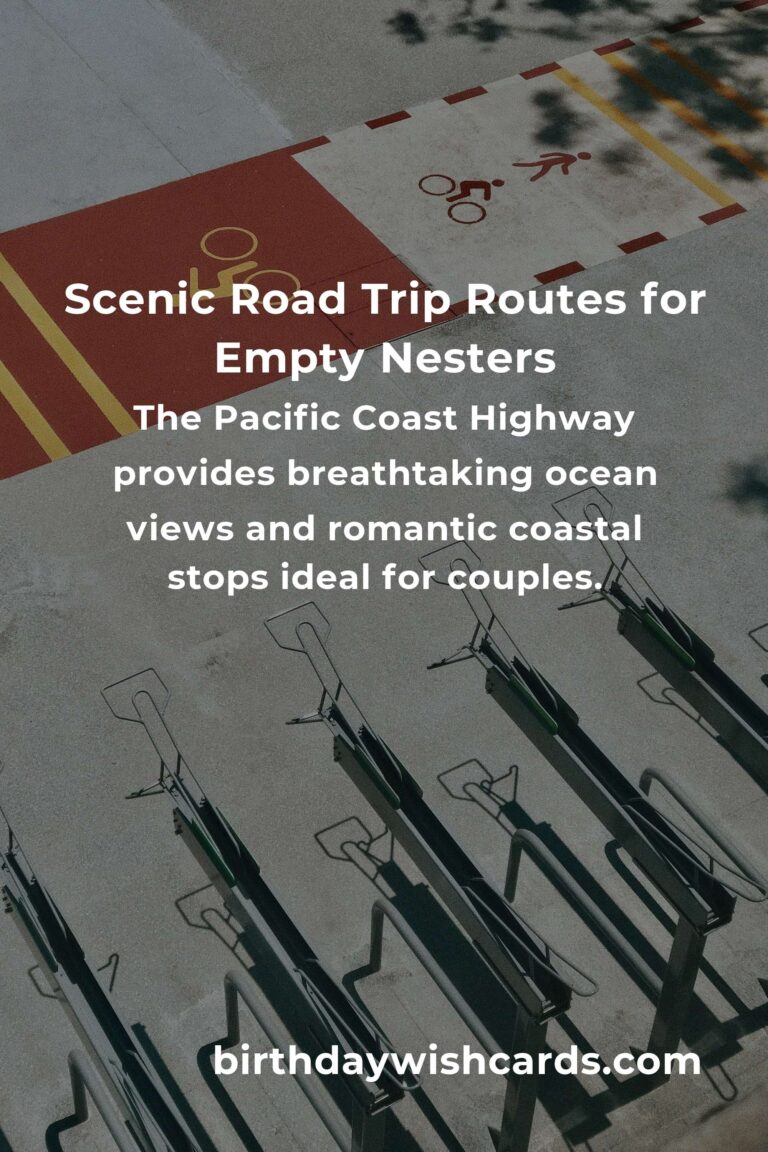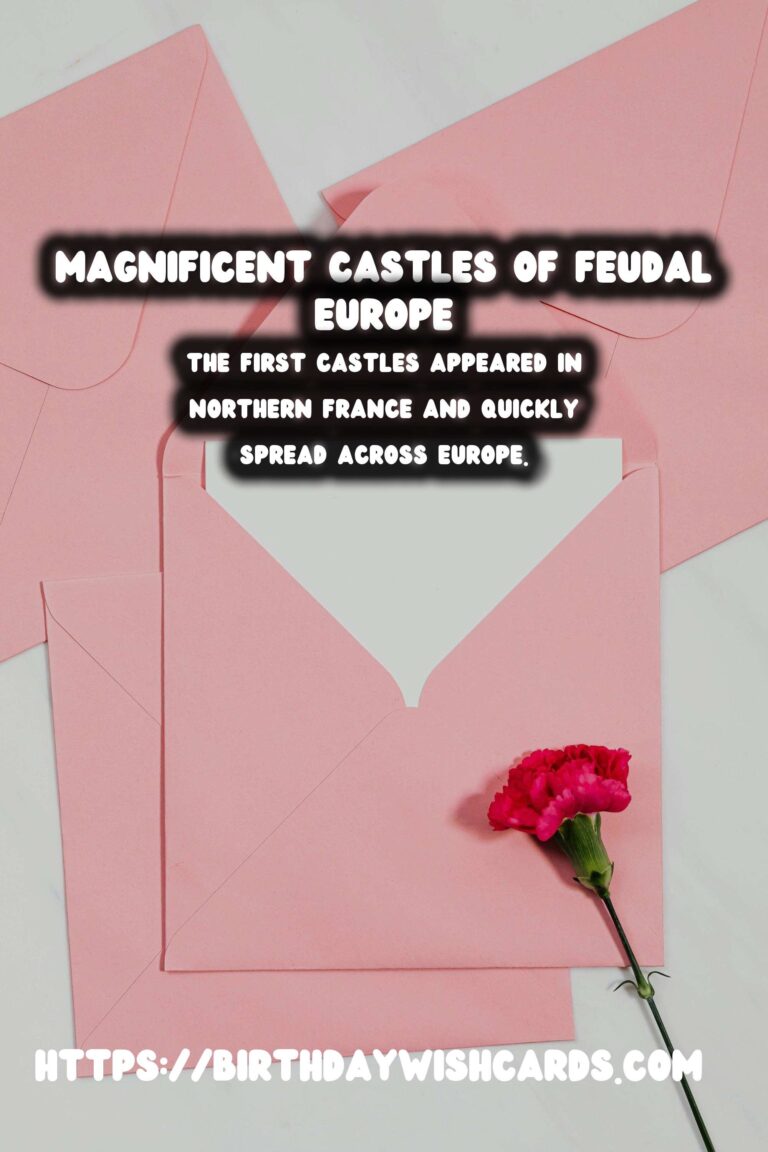
Castles stand as magnificent monuments of Europe’s medieval past, symbolizing power, defense, and the complex social structures of the era. Built predominantly between the 9th and 16th centuries, these fortified structures played a critical role in the landscape of feudal Europe. They were not just formidable fortresses but also centers of administration, symbols of authority, and homes to nobles and their families.
Origins and Evolution of Castles
The first castles appeared in Northern France and quickly spread across Europe. Initial designs were simple motte-and-bailey structures, consisting of a wooden or stone keep on a raised earthwork called a motte, accompanied by an enclosed courtyard or bailey. As time progressed and metallurgy improved, these structures evolved into more sophisticated forms, incorporating elaborate stone walls, drawbridges, and moats.
Military Functions
Castles primarily served military purposes. Their strategic locations allowed control over surrounding areas, making them vital in territorial disputes. Equipped with high walls and defensive features like crenellations, battlements, and arrow slits, castles were designed to withstand sieges and deter invasions. They acted as military bases where troops could be housed and deployed when necessary.
Administrative Centers
Beyond their military utility, castles were administrative hubs where lords managed their lands and the peasants who worked them. These structures often contained great halls where legal matters were settled, taxes collected, and feasts held. The lord’s power was not only projected through these displays but also through the castle’s very architecture, which served as a constant reminder of authority and dominance over the region.
Symbols of Power
To the people of medieval Europe, castles were a tangible manifestation of their lord’s power. Their imposing structures dominated the landscape, acting as a constant symbol of the nobility’s influence. The grander the castle, the more powerful the lord, and these edifices became a status symbol for nobility, often inspiring awe and fear in equal measure.
Cultural and Social Hubs
Castles were also centers of culture and social life. Nobles engaged in the arts, employing minstrels and hosting theatrical performances within their walls. Tournaments and other forms of entertainment attracted not only local villagers but also nobility from surrounding regions, making castles a vibrant hub of medieval social life.
Decline and Legacy
With the advent of gunpowder and cannons in the late Middle Ages, the military importance of castles began to wane. However, their decline did not erase their legacy. Today, their ruins draw tourists from around the world, eager to glimpse into the medieval period. Many castles have been restored and preserved, serving as museums and cultural landmarks that offer a window into Europe’s feudal past.
Conclusion
The role of castles in feudal Europe was multifaceted, extending far beyond their initial military purpose. They were power centers, symbols of status, and vibrant social edifices that contributed significantly to the region’s history. Today, their legacy continues, providing valuable insights into an era that shaped much of modern Europe’s cultural and political landscapes.
Castles were not just formidable fortresses but also centers of administration, symbols of authority, and homes to nobles and their families. The first castles appeared in Northern France and quickly spread across Europe. 
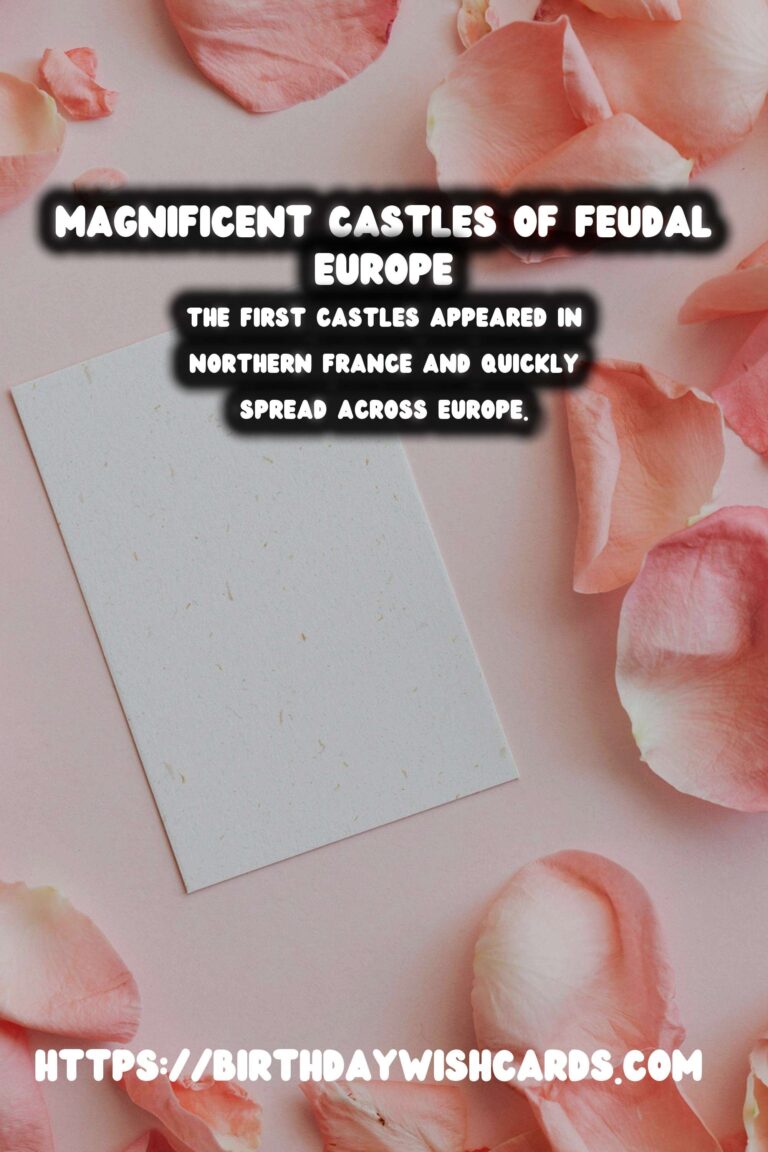
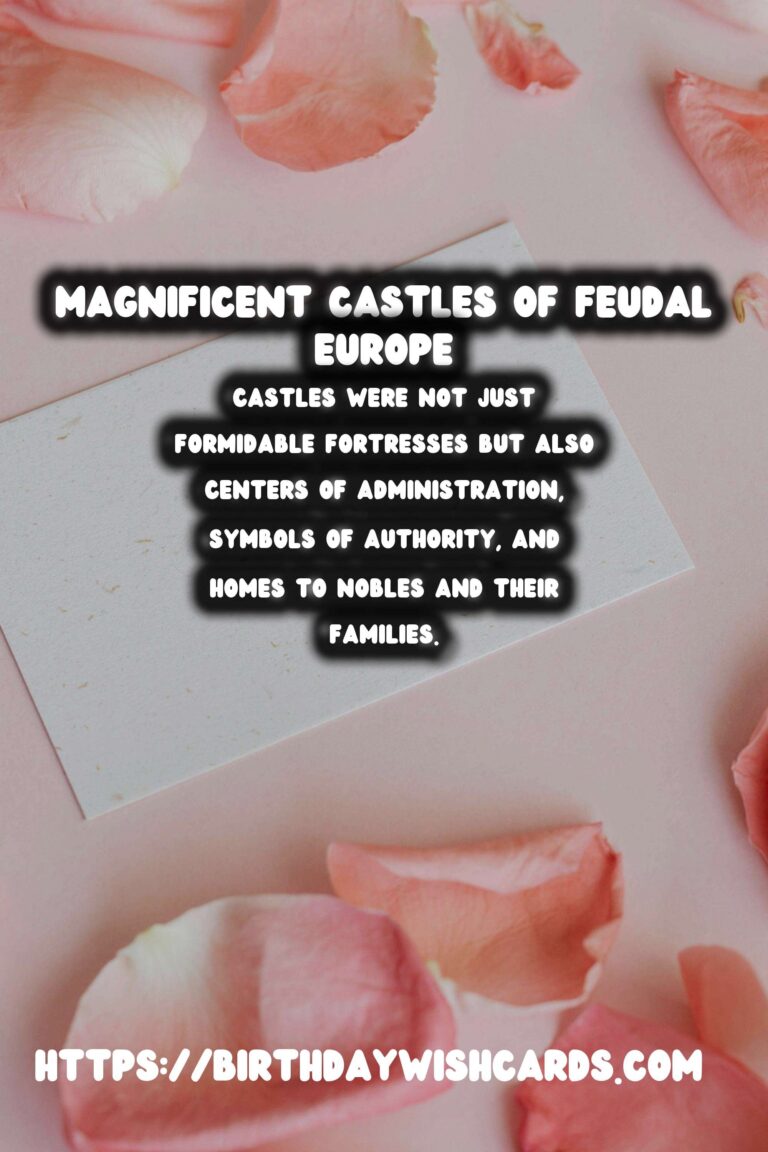
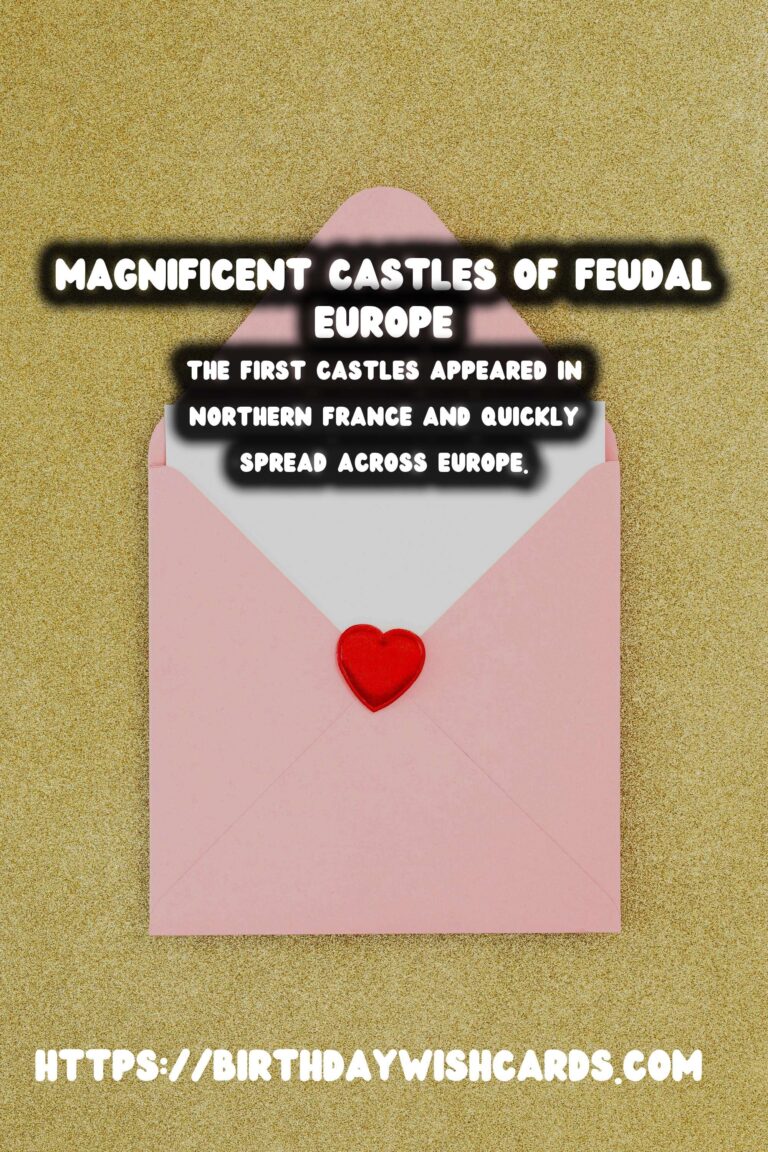
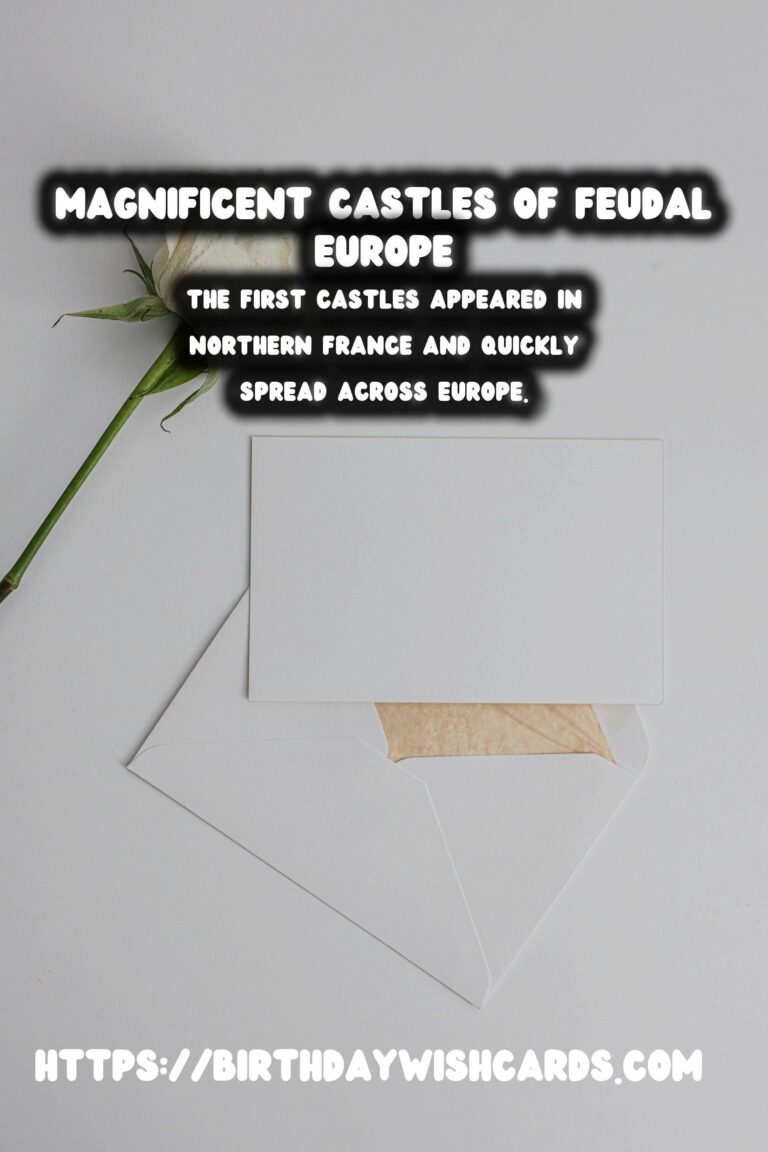
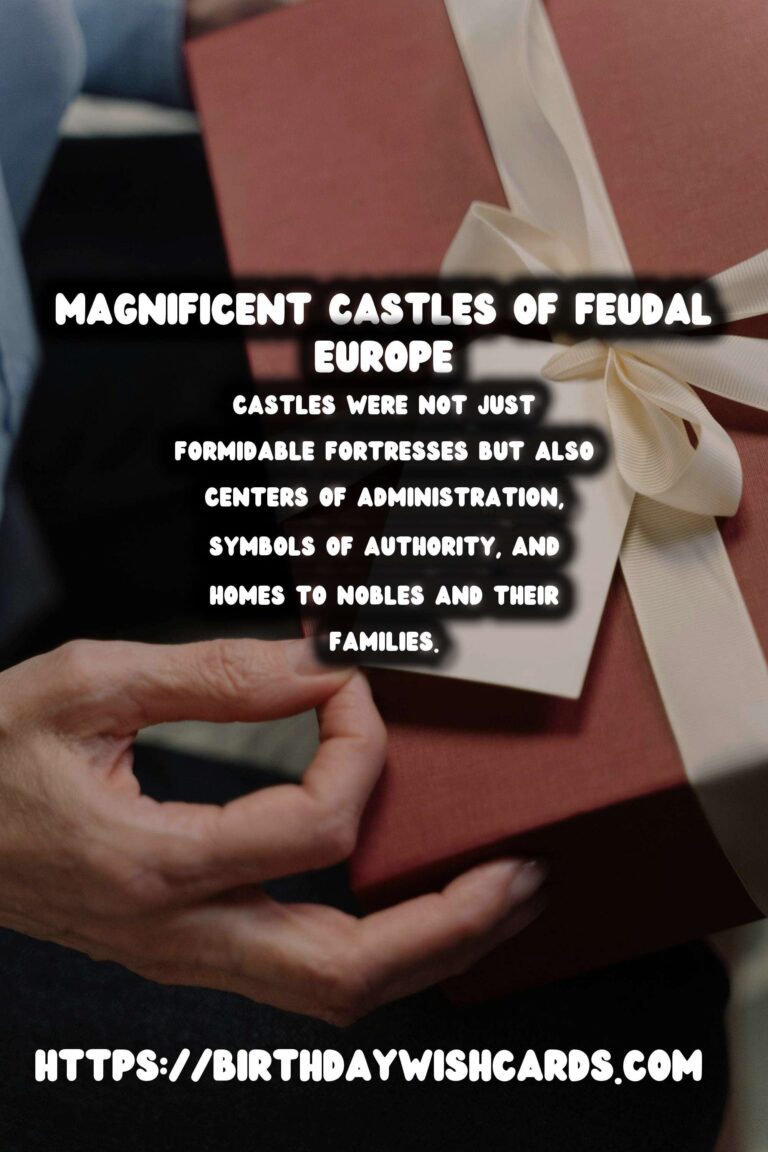
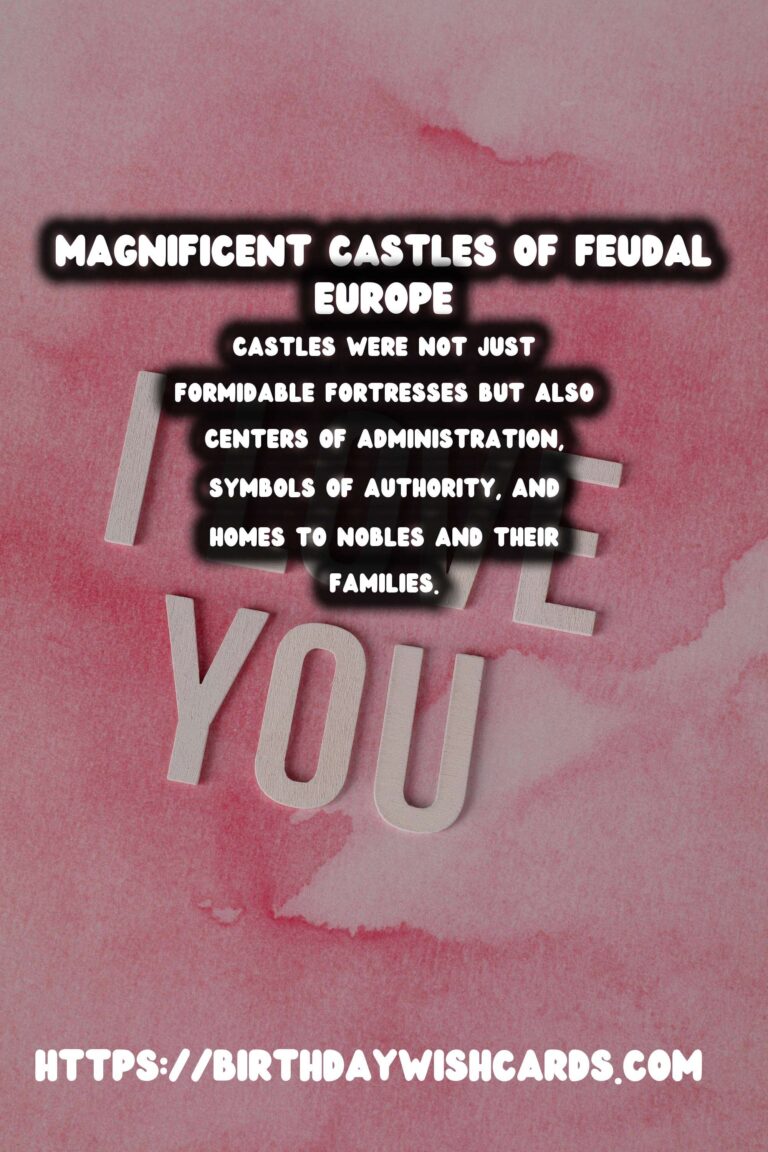
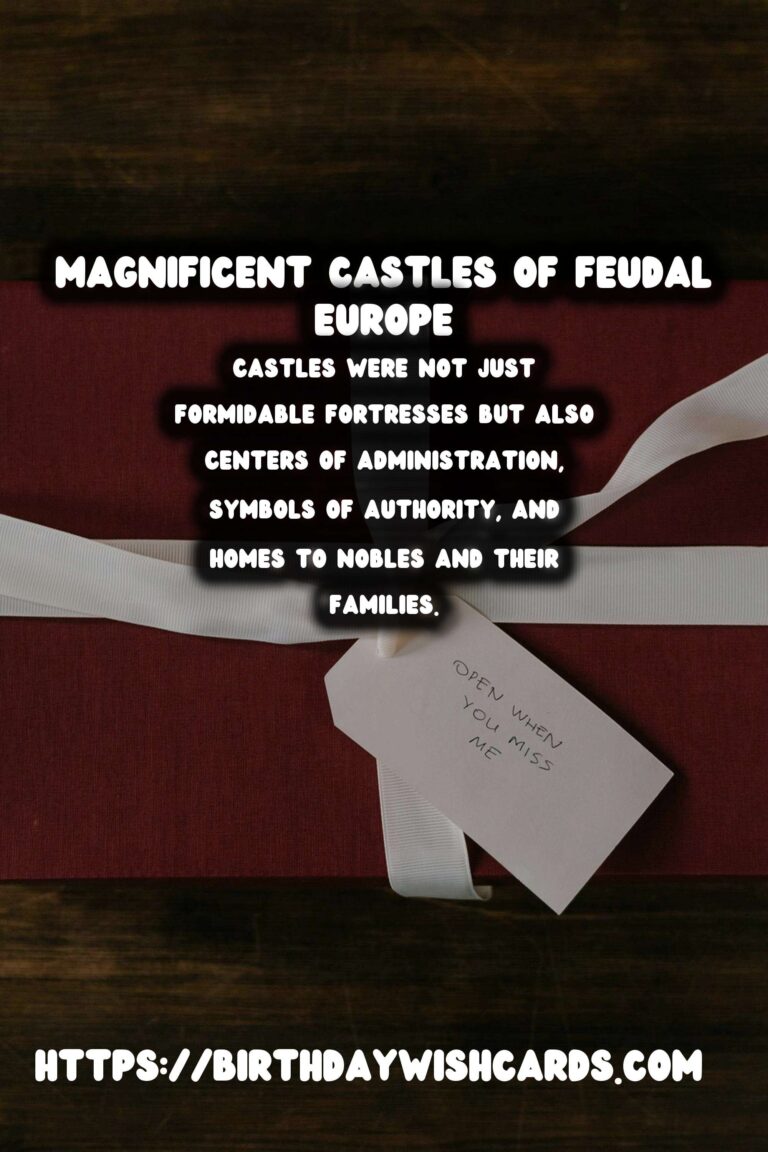
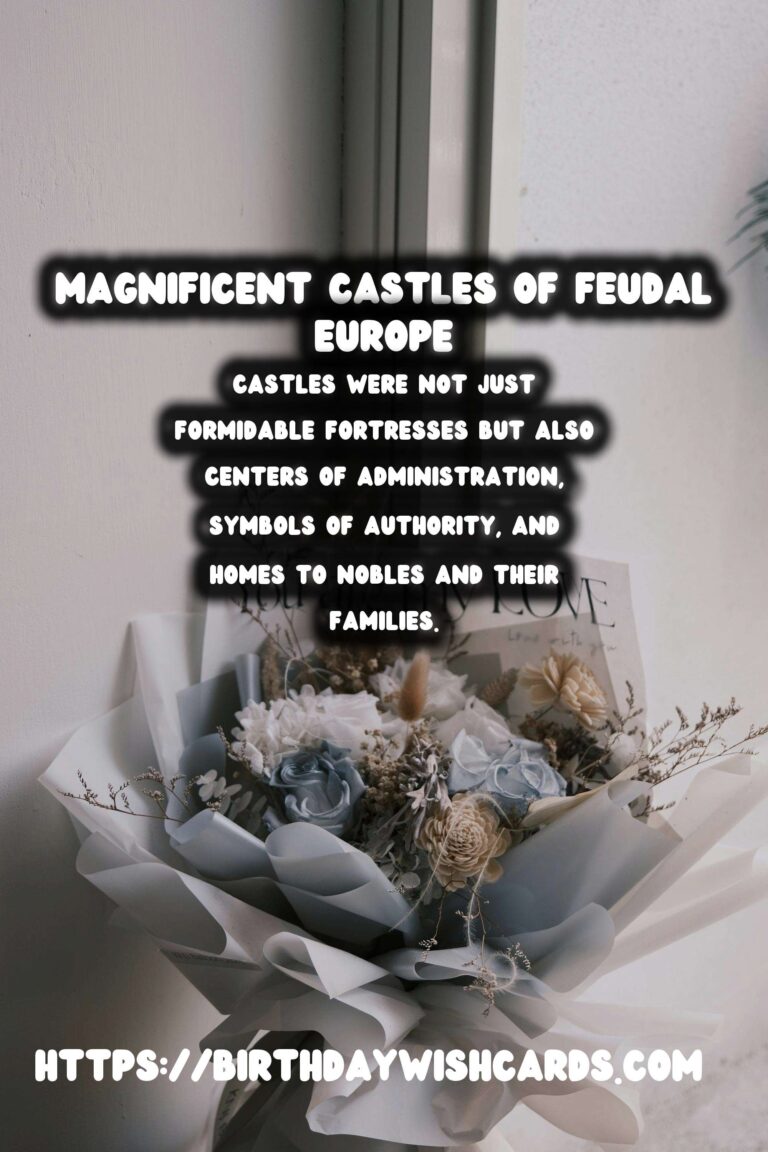
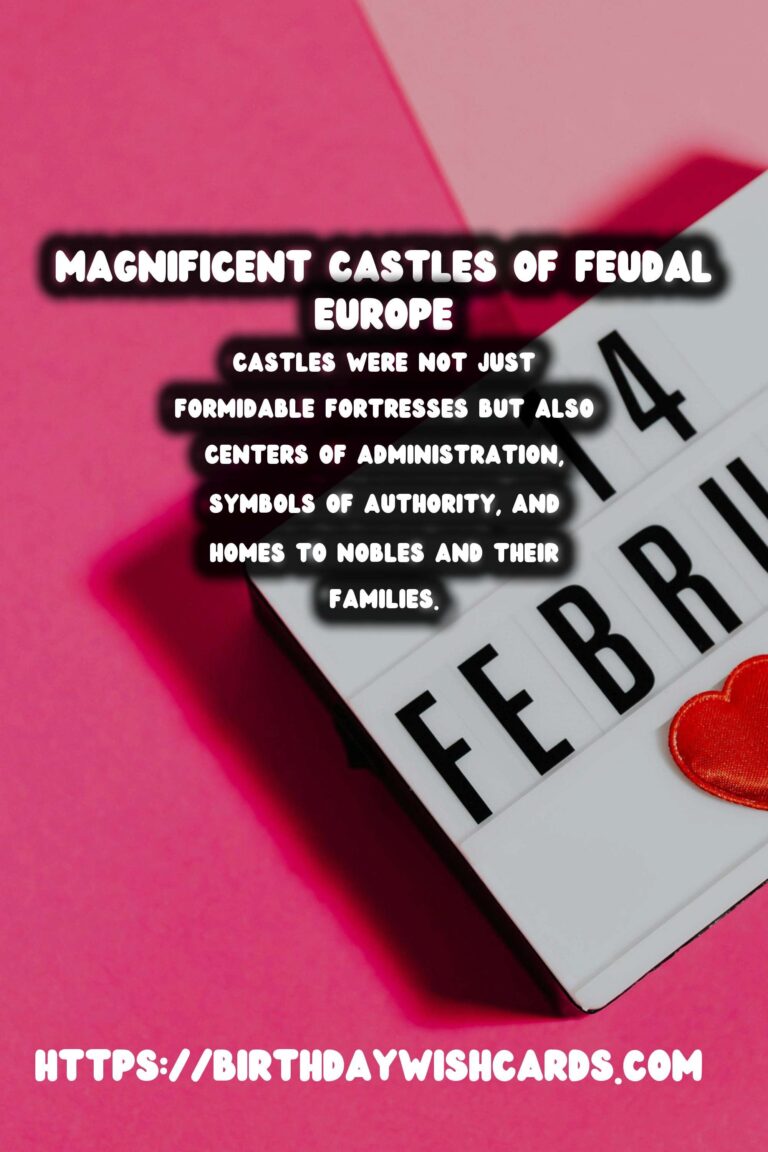
#FeudalEurope #MedievalCastles




